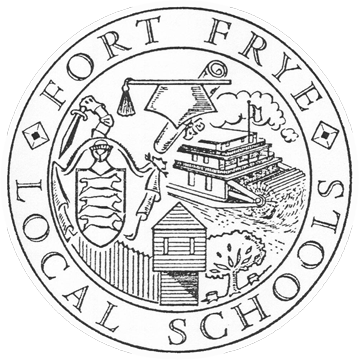Many folks are aware of the health and addiction consequences of using tobacco. One aspect of Big Tobacco’s products that’s largely overlooked is the environmental consequences. Did you know that vapes contain rare metals like lithium in their batteries? In the U.S., the most consumed vapes are the disposable kind that are intended to be used once and then thrown out. Did you know that the tobacco plant itself needs a large amount of water and pesticides to grow? Agricultural land dedicated to the tobacco plant could be used in more effective ways to grow food for animals or humans. Did you know that the cigarette is the most littered item worldwide? Many new tobacco products are gaining momentum, but the cigarette remains the most consumed one and remains the biggest killer, killing 1,200 Americans every day.
 Some youth in America are passionate about environmental consequences brought on by earlier generations. Did you know that Big Tobacco is responsible for 5% of global deforestation? While that might seem minor, 5% of Earth’s land mass is equivalent to the size of Australia. These concepts were honed in on by Marietta College intern, Addison Holcomb, who developed a powerpoint related to Big Tobacco’s impact on the environment to share with twenty-three 7th graders at Ft. Frye Middle School. Participants demonstrated a gain in knowledge following the presentation, with 91% knowing that a tree’s worth of paper is equivalent to 15 packs of cigarettes. Ft. Frye Middle School is located in the village of Beverly and census tract 213 in Washington County, Ohio which in 2022 had a medium-high social vulnerability index of 0.61. In addition, 1,166 people were living below the poverty line. Thus, this community is part of our priority population, which tends to have higher susceptibility to tobacco. To combat this issue, Ft. Frye Schools created the position of health and wellness director, filled by Megan Lang, who has worked closely with the Washington County Health Department for years.
Some youth in America are passionate about environmental consequences brought on by earlier generations. Did you know that Big Tobacco is responsible for 5% of global deforestation? While that might seem minor, 5% of Earth’s land mass is equivalent to the size of Australia. These concepts were honed in on by Marietta College intern, Addison Holcomb, who developed a powerpoint related to Big Tobacco’s impact on the environment to share with twenty-three 7th graders at Ft. Frye Middle School. Participants demonstrated a gain in knowledge following the presentation, with 91% knowing that a tree’s worth of paper is equivalent to 15 packs of cigarettes. Ft. Frye Middle School is located in the village of Beverly and census tract 213 in Washington County, Ohio which in 2022 had a medium-high social vulnerability index of 0.61. In addition, 1,166 people were living below the poverty line. Thus, this community is part of our priority population, which tends to have higher susceptibility to tobacco. To combat this issue, Ft. Frye Schools created the position of health and wellness director, filled by Megan Lang, who has worked closely with the Washington County Health Department for years.

The next step in this project was letter writing to local representatives. Student Karsyn Huck’s letter stated the following, “We believe that vapes are a concerning problem that needs to be addressed. For example, vapes affect our health and our environment in many ways. One thing we can do to help protect and benefit our environment is to increase our hazardous waste sources. To do this, we can have a monthly pickup of hazardous waste, so vapes aren’t littered and polluted into our soil. Next in order to draw the youth away from vapes, we can build more activities for youth to participate in.” The letters created by youth were sent to the mayor of Beverly. During the next meeting the students, teacher, and Addison searched the community playground for all littered tobacco items. Mainly cigarette butts and packaging were found. According to Addison, “this activity helped foster a responsibility among participants that we all have a stake in the health of our community and environment”.

The final step of this youth project was asking students to create posters about the environmental consequences of Big Tobacco. The posters included most of the main environmental concerns including deforestation and habitat loss, water contamination from metals and chemicals associated with cigarettes and vapes, and polluted air from secondhand smoke and vape. Students worked in groups and five posters were created. The Washington County Health Department hung the posters during Community Day on December 20th at Ft. Frye High School. All 200 high school students attended this event and viewed the posters, while 30 signed an anti-vaping pledge located at our station. The winning poster is shown below and includes 3D trivia questions where participants had to fold back the trees to get the answer. These posters were promoted by Ft. Frye Schools on social media and internal screens so that the other 250 middle school students could see the messaging along with their parents.
In conclusion, the youth environmental project was a big success for several reasons. All participants were able to get something from the experience, including learning new facts to sharing ideas with friends and classmates on the topic. This project also helped youth gain or foster skills related to communication from letter writing and poster making to working in a group. The different phases of the project empowered youth to spread the kind of message they believed was most important. Seventh grade is a vulnerable time when many youth start experimenting with tobacco, especially those with a high social vulnerability index. It is our hope that the youth who participated discussed it with family and friends because tobacco not only harms one’s health, but the very world we live in.

